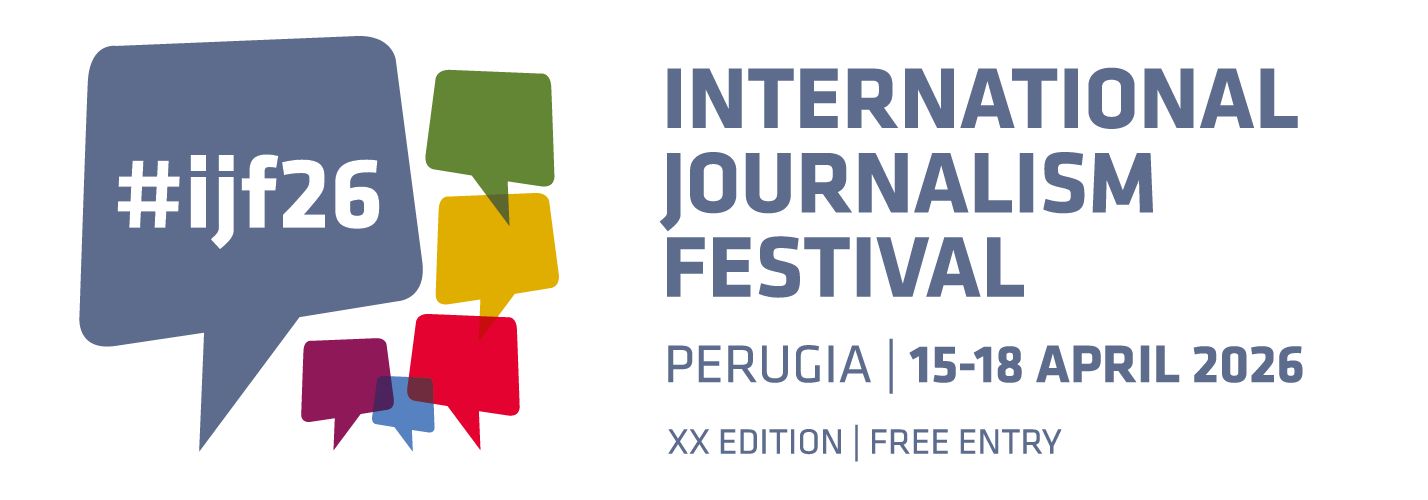Our personal weekly selection about journalism and innovation. Stay up to date by subscribing to our Newsletter or by following our Telegram channel, and join the conversation on Facebook and Twitter.
Edited by Marco Nurra
Rethinking foreign reporting at the AP. For decades, the AP relied on a network of foreign bureaus staffed almost exclusively by Americans, and until the mid-1970s, that meant almost exclusively white men.
The state of women in U.S. media in 2019: Still f’ing abysmal — especially at Reuters and the AP. Men continue to report and produce the majority of U.S. news, and the gap is particularly egregious at the news wires: 69 percent of AP and Reuters bylines go to men, “by far the biggest gender gap in news media.”
🔔 We’ll tackle the topic of diversity & inclusion at #ijf19 on these panels: “Amplifying women’s authoritative voice in media”, “Women’s leadership in media”, and “Women in journalism: beyond the #metoo moment”
Gender Gap Tracker shows inequality in quoting male and female experts. The tool aims to raise awareness around lack of female representation cited as experts in English-speaking Canadian media and urges other initiatives to follow suit.
Turkish appeals court confirms jail terms for Cumhuriyet staff. A Turkish appeals court upheld the convictions of journalists and executives from the opposition newspaper Cumhuriyet, a case which has raised concerns about media freedom under President Tayyip Erdogan.
🔔 We’ll tackle the topic of media under attack in Turkey at #ijf19 with Kaya Genc on this panel with Rachael Jolley, Caroline Muscat, and Wana Udobang: “How to fight back against the censors?”
Egypt expels New York Times correspondent, detains local journalist on false news charges. The move against the correspondent, David D. Kirkpatrick, is an escalation of a severe crackdown against the news media under Egypt’s strongman leader, President Abdel Fattah el-Sisi.
Press freedom groups demand answers from Slovak authorities over failure to stop killing of investigative journalist. Ten groups, including Reporters without Borders, Index on Censorship and the European Federation of Journalists, signed an open letter demanding questions of Slovak authorities into Kuciak’s death. They said he reported threats against him to police a few months before he was killed at his home in Velka Maca, Slovakia, alongside fianceé Artina Kusnirova (both pictured) on 21 February 2018.
Digital advertising in the US is finally bigger than print and television. TV and newspapers are out. Facebook and Google are in.
How Tribune Publishing, The Guardian, and Slate tackled reader revenue by valuing their journalism more. Exclusive podcasts, tightened paywalls, and just plain asking each played a part.
Three million US students get free subscription to NYT thanks to readers donations. The New York Times has removed its paywall to 4,000 public schools in all of the 50 states thanks to the donations of 30,000 readers to their ‘Sponsor a student subscription’ programme.
Google explains how it’s fighting fake news. The company has taken various steps in fighting the problem — from partnering with fact-checking networks to launching the $300 million Google News Initiative. Now it’s expanded its transparency efforts further by detailing at length the steps it takes to fight disinformation across its services.
Did you miss any #ijf18 sessions? No problem! Our video platform provides videos of all 2018 festival sessions. Plus an archive of all sessions from previous festivals back to 2013. Here you can find some recommendations.

